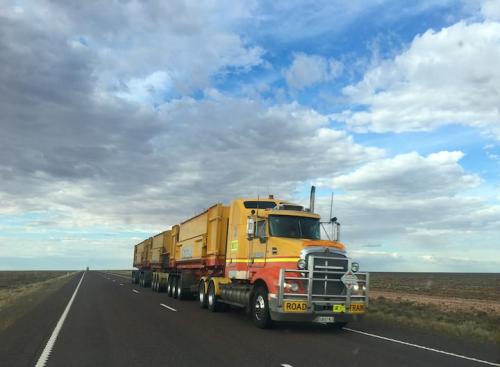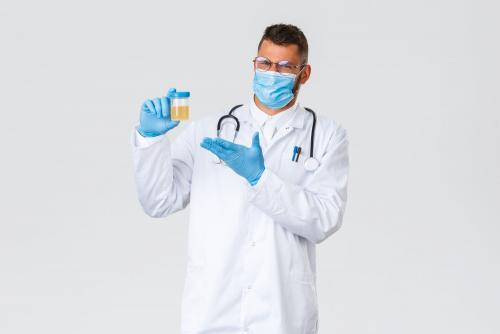The Essentials of Drug and Alcohol Testing for Owner-Operators

Introduction
For owner-operators in the trucking industry, adhering to federal and state regulations regarding drug and alcohol testing is not just a legal requirement but a crucial aspect of maintaining safety and compliance. The Department of Transportation (DOT) mandates strict adherence to drug and alcohol testing procedures, making it essential for owner-operators to establish a compliant testing program. Consortium Third Party Administrators (C/TPAs) can significantly streamline this process by managing the complexities of testing programs.
This article provides a comprehensive step-by-step guide on how to set up and maintain a drug and alcohol testing program for owner-operators through a TPA.
Step 1: Understand the Legal Requirements
Before setting up a testing program, it’s vital to understand the specific legal requirements set by the Federal Motor Carrier Safety Administration (FMCSA) under DOT. These include pre-employment, random, reasonable suspicion, post-accident, return-to-duty, and follow-up testing. Each type of testing has specific criteria and procedures that must be followed to remain compliant.
Step 2: Choose a Reliable Third Party Administrator (TPA)
A TPA acts as an intermediary between owner-operators and various service agents involved in the drug and alcohol testing process, such as collection sites, laboratories, and Medical Review Officers (MROs). Select a TPA with:
- A robust network of FMCSA-compliant testing facilities.
- Experience in the trucking industry.
- Strong compliance track records.
- Good reviews and client testimonials.
Step 3: Enroll in a DOT Drug and Alcohol Testing Program
Your TPA will help you enroll in a DOT-compliant drug and alcohol testing program that includes:
- Developing a written policy that outlines the responsibilities of all parties involved and the consequences of violating the policy.
- Distributing this policy to all employees and ensuring they understand and acknowledge it.
Step 4: Set Up Pre-Employment Testing
All potential hires must undergo drug testing before performing safety-sensitive functions. Your TPA will coordinate the pre-employment testing process, ensuring that it is conducted properly and that results are verified by an MRO.
Step 5: Implement a Random Testing Program
Random testing is critical for compliance and safety. The TPA will manage the random selection process, ensuring that it is unbiased and that the required percentage of employees is tested annually. This typically includes:
- 50% of employees for drug testing.
- 10% of employees for alcohol testing.
Step 6: Manage Reasonable Suspicion and Post-Accident Testing
Training supervisors to recognize signs of drug and alcohol misuse is a crucial aspect of reasonable suspicion testing. TPAs can provide training resources and assist in coordinating tests when needed. Similarly, post-accident testing procedures should be clearly defined and managed by the TPA, ensuring tests are conducted within the required timeframes after an accident.
Step 7: Conduct Return-to-Duty and Follow-Up Testing
If an employee violates drug and alcohol regulations, a return-to-duty process must be followed, including an evaluation by a Substance Abuse Professional (SAP) and a negative drug test result before returning to work. The TPA coordinates these tests and manages the follow-up testing plan prescribed by the SAP.
Step 8: Record Keeping and Reporting
Maintain accurate records of all drug and alcohol tests performed, results, and follow-up procedures. TPAs provide comprehensive record-keeping services that comply with DOT regulations, easing the administrative burden on owner-operators.
Step 9: Continuous Compliance and Support
Stay compliant by keeping abreast of regulatory changes and updates. A reliable TPA will provide ongoing support, including regulatory updates, audit support, and consultation services.
Conclusion
Setting up and maintaining a drug and alcohol testing program through a TPA is an efficient way for owner-operators to ensure compliance with DOT regulations while focusing on their core business activities. By following these steps, owner-operators can establish a robust compliance framework that enhances safety, mitigates risks, and upholds the integrity of their operations.





Comments